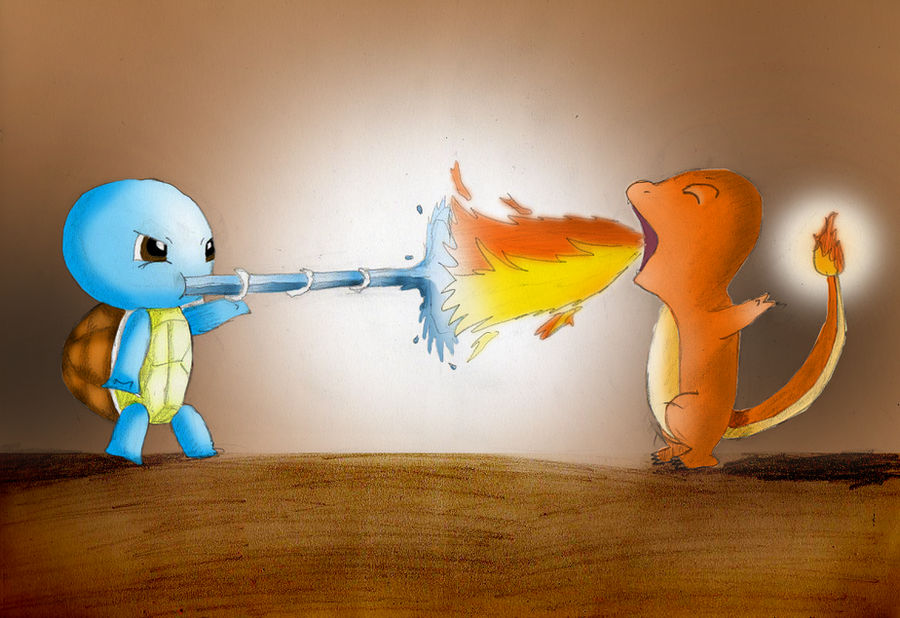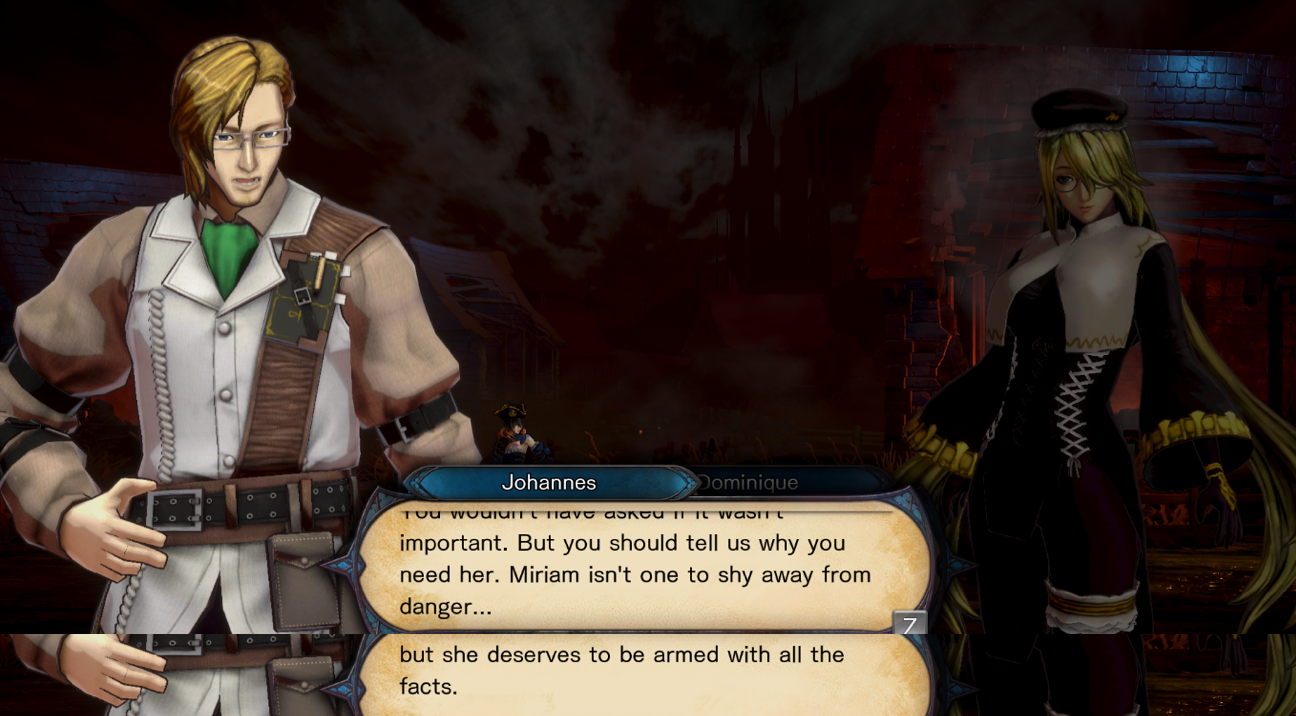Why your micro sucks
“Micro” or micromanagement is a crucial concept in Real-Time Strategy (RTS) games where players give detailed orders to each unit. However, in the corporate world, micromanagement is often seen as a negative management style. This post explores why the technique is valued in RTS games but disliked in real life.
I’ve been a fan of RTS games since I was a child. While I admire those who excel at games like Age of Empires, Red Alert, Starcraft, and Warcraft III, I haven’t been very good at them. This is partly because I haven’t had much time to practice and partly because I struggle with micro-management.
After gaining more knowledge, I have come to understand why my micro is not up to par. I have also noticed similarities between poor micro in RTS games and real-life management mistakes. In this post, I will discuss four incorrect micro practices and their corresponding mistakes in real-life management.
Table of Contents
- Melee units focus fire ranged units
- Ranged units focus fire melee units
- Unaware of unit weakness
- Too confident of your micro
Melee units focus fire ranged units
If you have a decent understanding of math, you’ll appreciate that eliminating enemy units individually is more effective than spreading damage equally among them. In many games, including RTS, a wounded unit still delivers full damage, so it’s best to focus on one enemy unit at a time. This principle applies to RTS games and most other genres.
While this principle may seem promising in theory, it often falls short in reality. A lot of players mistakenly use this principle for their melee units when facing enemy ranged units. (Note: Melee units engage in close combat with nearby enemies, while ranged units can attack from a distance.)
To better illustrate my point, I can use an example from Age of Empire. In this particular scenario, I had 15 axemen (represented by the color blue) and the enemy had 15 bowmen (represented by the color red). During the battle, I first let the units fight without any specific instructions (Battle 1), and then I ordered them to focus their attacks on one enemy unit at a time (Battle 2).
Surprising things happened. My army won the battle without my intervention but lost it because of my micro. My micro lost me the very battle! How come this result contradicts the principle?
In Battle 2, most of my axemen were not dealing any damage because they wandered around trying to get close to the target enemy unit. Meanwhile, the enemy bowmen were dealing damage constantly. Although I intended to micro, I ended up preventing my units from doing their job, which was to deal damage.
Real-life example 1
Certain managers favor the all-in approach. When they perceive a problem to solve, they gather all the resources they can muster and focus them on the issue at hand. For instance, Beijing boasts about the Chinese government’s ability to “motivate all sectors, pool all resources, and coordinate all our efforts to complete key national undertakings.”
Mao best demonstrated this type of management. During the Great Leap Forward campaign from 1958 to 1962, he encouraged the establishment of small backyard steel furnaces in every commune and in each urban neighborhood because he viewed steel production as the pillar of economic development. Unfortunately, his micromanagement led to peasants using pots and pans for steel making instead of focusing on agriculture, ultimately resulting in famine.
Ranged units focus fire melee units
If melee units should not focus fire, then you might consider assigning this task to ranged units, as they can attack without having to move close to the enemy. Before I give you my conclusion, please take a look at these two video clips.
During the battles, I commanded a team of 15 bowmen (blue) while the enemy had 12 axemen (red). In Battle 3, I did not control the units, but in Battle 4, I ordered my team to focus fire on the enemy units individually.
Once again, there were some unexpected developments. Despite my absence, my army emerged victorious in the battle. However, when I tried to micro, I lost. It seems that the principle fails again here.
In order to comprehend the failure, it is important to understand how the game mechanism works. Ranged units do not immediately attack when given orders. When you command an archer, they must first retrieve an arrow, load it onto the bow, aim at the target, and then finally shoot. This delay is known as the attack delay.

If you give instructions to the archer right after they have finished aiming and are about to shoot, they will have to aim again at the new target, which causes a further delay in their attack. This means that instead of one delay, there will be two. Essentially, micromanaging your ranged units in this way reduces their efficiency.
In addition to attack delay, overshooting is another factor that can lead to failure. For example, if 3 arrows are enough to defeat an enemy unit, but you order 10 archers to focus fire, then the remaining 7 arrows are wasted and could have been used to attack other targets.
In conclusion, it’s best to avoid focus fire regardless of whether you’re using melee or ranged units.
Real-life example 2
The attack delay mechanism is related to the phenomenon of overworking a highly skilled employee, referred to as a unicorn. This occurs when the unicorn is tasked with completing multiple duties.
When he has just started to get a hang of a task, you immediately assign him another task. You expect this employee to complete all of your dreams due to his overachieving nature.
This phenomenon also happens in a romantic relationship when the girl asks her charming prince to do many things for her. Whenever she gets a weird idea, from the Internet or from a friend, she will ask her boyfriend to fulfill it.
The unicorn or the charming prince has to rotate through many tasks without accomplishing any and will eventually end up overworking him to death.
Oftentimes this phenomenon happens when multiple managers share the same unicorn. They pull the unicorn in various directions and eventually rip it apart.
Real-life example 3
The overshooting phenomenon happens when the manager over-invests at the beginning of a project. When the manager tries to impress the client, he immediately pushes his team to 100% efficiency at the very beginning.
The manager may get a wonderful result by overshooting the beginning task at the expense of his team. Exhausted, his team does not have any strength left to continue.
Unaware of unit weakness
Some micro errors are due to the unawareness of the hidden game mechanism. For example, in Age of Empire, the cavalry has 8 attack points and 150 hit points, whereas the camel rider has only 6 attack points and 125 hit points. On paper, a cavalry should defeat a camel rider with ease.
In reality, the opposite thing happens (Battle 5). The reason is that horses fear the odor of the camel. Pitting cavalry against camel rider is like pitting Charmander against Squirtle and Caterpie against Pidgeotto. The game implements this mechanism by secretly assigning the cavalry an armor type weak against camel riders.
 Image by Dhann at DeviantArt
Image by Dhann at DeviantArt
Real-life example 4
Everyone has weaknesses, no matter how strong he is. The manager’s task is to capitalize on each team member’s strengths while avoiding each’s weaknesses. Asking a sprint runner to compete in a marathon and a marathon runner to compete in a sprint is doomed to fail.
Sometimes this phenomenon is not due to negligence but actually by intention. Some managers ask pregnant female employees to do heavy work, such as cleaning the toilets, hoping that they will resign themselves. In this case, the employees are set to fail, which is regarded as discrimination in some countries
(added in 2023/6/4) Another subtle variant is that the manager does not equip the employees with the necessary information. If the aforementioned cavalry had been equipped with the knowledge that horses fear the odor of camels, he would not have recklessly dueled the camel rider. Similarly, a manager of carpentry should alarm the trainees about the danger of the saw, and a manager in the hospital should warn the trainees of the radioactivity when operating X-rays. A manager should not expose subordinates to unknown risks.

Too confident of your micro
One of the most important micro techniques for ranged units is hit-and-run, aka kiting. The player controls one or a group of fast-moving ranged units against one or a group of slow-moving melee units. The ranged units shoot once and then retreat to keep their distance from the enemies and then shoot again. They repeat this cycle until all enemies are killed. For instance, the horse archer below roasted the much stronger hoplite (Battle 6).
Nonetheless, this technique does not always work. In Age of Empires, the horse archer has a speed of 2.2, while the cavalry has a speed of 2.0 only. In theory, the horse archer can hit-and-run the cavalry and win the duel. In practice, this micro is too difficult to pull off (Battle 7). The existence of a micro opportunity does not imply that you have the capability of capitalizing on it.
Real-life example 5
This phenomenon happened during China’s draconian COVID lockdown in 2022. China adopted the strategy of mass testing followed by immediate isolation. This technique works only on paper; in reality, it is impossible to pull off this technique given Omicron’s highly contagious nature.
Conclusion
In this post, we analyzed four types of bad micromanagement in RTS games and five related real-life bad management practices. From these examples, we can understand that micromanagement is not only bad in real life but can also be bad in RTS games.
In fact, there is a huge gap between top RTS players and beginners at the level of micro. To become a master of micro, a player needs to practice thousands of games. Even so, some players can never reach the professional level of micro because they just lack the talent. Even for professionals, their prime time is only several years, and they have to retire when they are no longer young.
In real-life management, a manager can never play thousands of management games. It is, in addition, unethical to use your team as training fodder. This is why micromanagement is always a bad idea in real life.